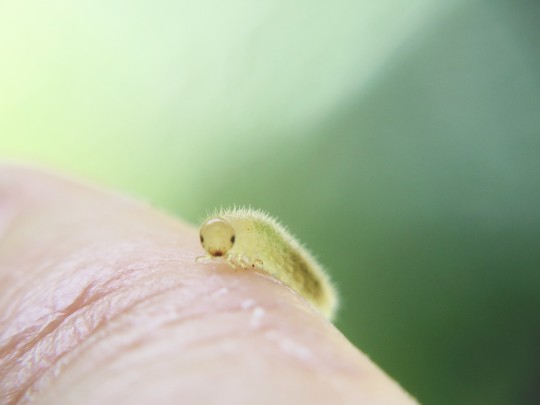#sawfly larva
Photo
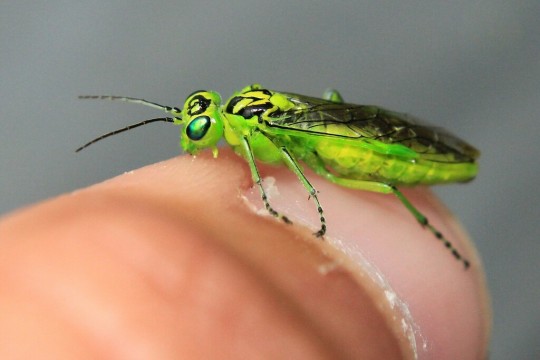
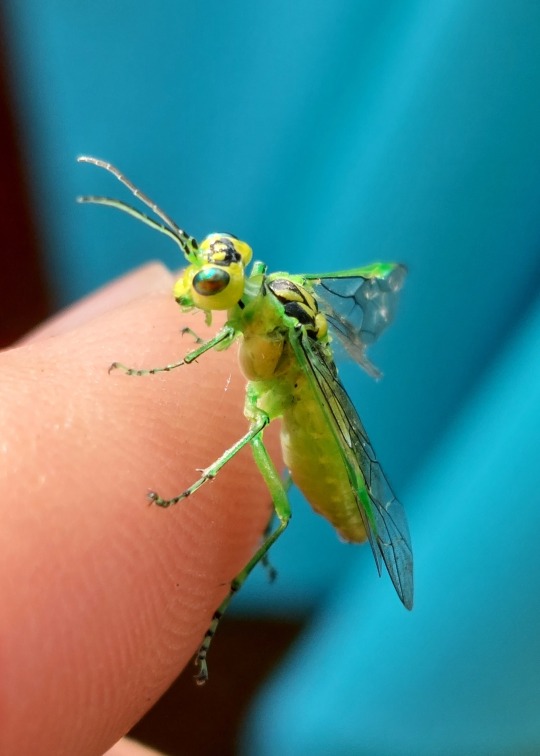

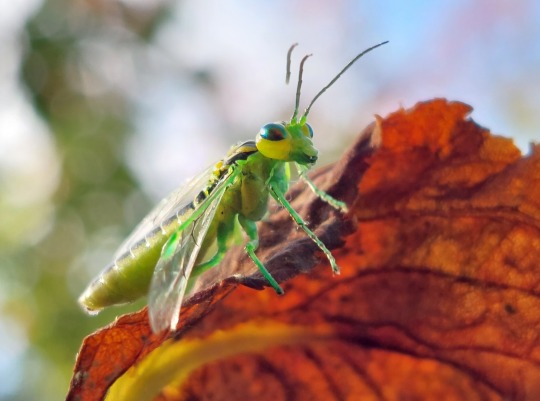
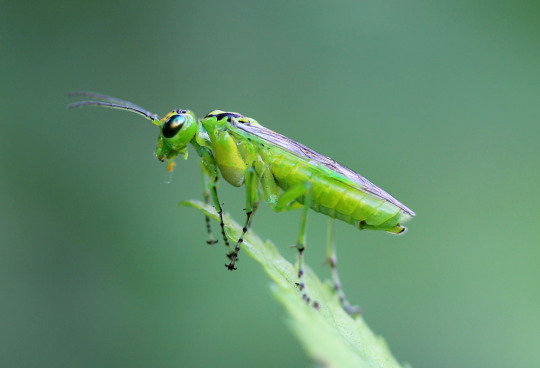

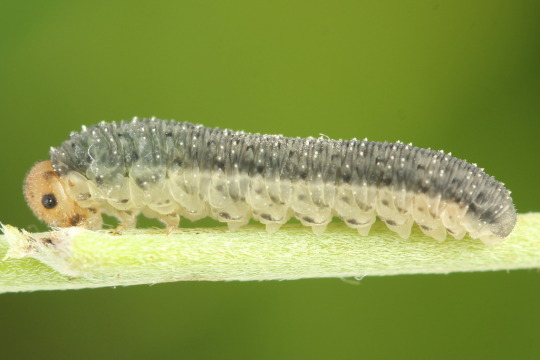

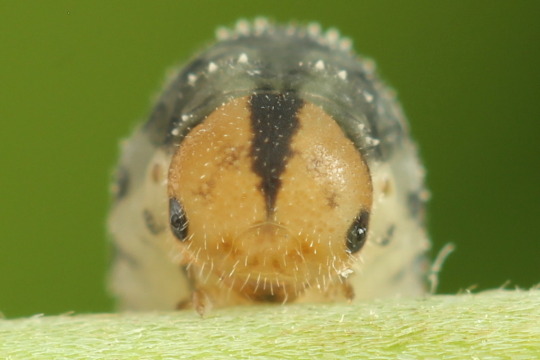
Green sawflies in the genus Rhogogaster, Tenthredinidae
Photo 1 by sylvain_naturaliste, 2-4 by jackapod, 5-6 by palamarchuk, and 7-9 (larva) by sskorpio
#animals#curators on tumblr#insects#bugs#hymenoptera#sawfly#common sawfly#green sawfly#Rhogogaster#sawfly larva#larva#one nice bug
2K notes
·
View notes
Text
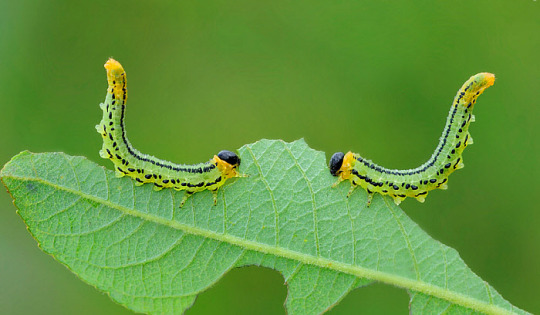
Sawfly larvae (Nematus pavidus) defensive posture
Photo by Robert Thompson
#sawfly larva#nematus#nematus pavidus#larvae#insects#entomology#hymenoptera#green#green larvae#insect photography#macro photography#nature#wildlife
22 notes
·
View notes
Text

Cimbicid sawfly larva (Trichiosoma triangulum) feeding on subalpine willow. Pedley Pass, British Columbia, Canada. (Copyright © Bryan Kelly-McArthur).
#baby#larva#larvae#sawfly#sawflys#sawfly larva#sawfly larvae#cimbicid#cimbicid sawfly#cimbicid sawflys#cimbicid sawfly larva#cimbicid sawfly larvae#trichiosoma#trichiosoma triangulum#insect#insects#animal#animals#pedley pass#british columbia#canada#leaf#leaves#willow#willows#subalpine#subalpine willow#subalpine willows#tree#trees
4 notes
·
View notes
Text



Enoki - @little-taiyaki
Static -@nelvana
Zero - @bees-n-blogs
#artfight2022#team wither#fairy#creature#owl#sawfly larva#flameshadowart#sorry about not uploading all of them as a single batch - im fighting tumblr just to get the image descriptions to all work
34 notes
·
View notes
Photo
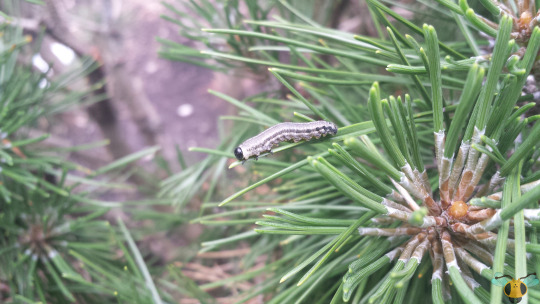

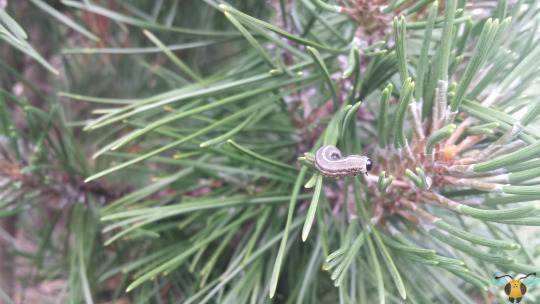

European Pine Sawfly Larva - Neodiprion sertifer
Gonna preface this by mentioning that my identification for this wriggly insect is based on a lot of scrutiny, examination and comparing it to other specimens on Bugguide. And yet, I’m still not certain. Let’s just go with it for now, and if I have to revise due to new findings (not unheard of for my Sawfly catalogue) I will do so. As the name suggests, this insect came to North America from a distant land, but has established itself among the forests. With long lines along the back and side of the body (white and black bordered with white respectively), a white patch behind the black head, 6 black legs and many white prolegs, this larva is conspicuous against the pine needles it explores. Like another Pine Sawfly with a Red Head, this specie also feeds on conifer plants, consuming their foliage and potentially causing problems for the trees it infests. These are reported to have potential to be serious forest pests if their numbers grow out of control. If pine trees get defoliated one can only imagine the damage they would do to pine bushes! Have the hose handy should you find wrigglers among your needles.
Though both this Sawfly and the Red-headed Pine Sawfly feed on conifer needles, they belong to different branches of the Sawfly tree. Interestingly, this specific Sawfly is a true pine Sawfly rather than a Webworm, belonging to the family: Diprionidae (Conifer Sawflies). Which ever member of Symphyta you find, remember this: Sawflies are not Caterpillars (specifically, they are Hymenopterans) so Caterpillar chemicals may not have the intended effect if found on your plants. Though there’s pest potential with these insects, they’re just going what they’re doing. It may be easy to hold them in negative light just looking at the larval form, but there’s great beauty to see in their colorful adult form. I have no adults pictures to share here, but if the research I’ve done is any indication, you’d be surprised. Like the Red-headed Pine Sawfly, the European Pine Sawfly males and females sport different colors: males black and females orange (and both with orange legs). Finally, members of Diprionidae have different types of antennae whether male or female and N. sertifer is no exception: the males have pectinate antennae (think feather-like) while the females have serrated antennae (like small teeth). Take a close look if you are able to find one, and if it’s orange try and find the saw-like ovipositor if you can.
Pictures were taken on June 10, 2017 at the Royal Botanical Gardens with a Samsung Galaxy S4.
#jonny’s insect catalogue#ontario insect#sawfly#european pine sawfly#sawfly larva#european pine sawfly larva#hymenoptera#insect#royal botanical gardens#june2017#2017#entomology#nature#invertebrates
7 notes
·
View notes
Text
took a walk and ran into these cuties :)


6 notes
·
View notes
Photo
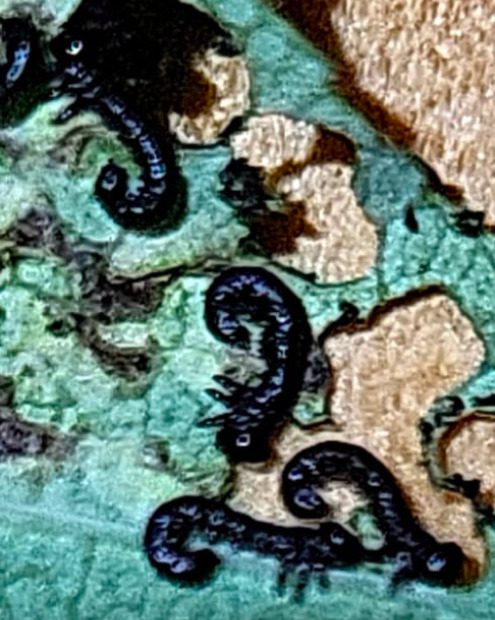
Someone took this magnified photo of tiny Sawfly larva. I think they look adorably caffeinated.
1 note
·
View note
Text
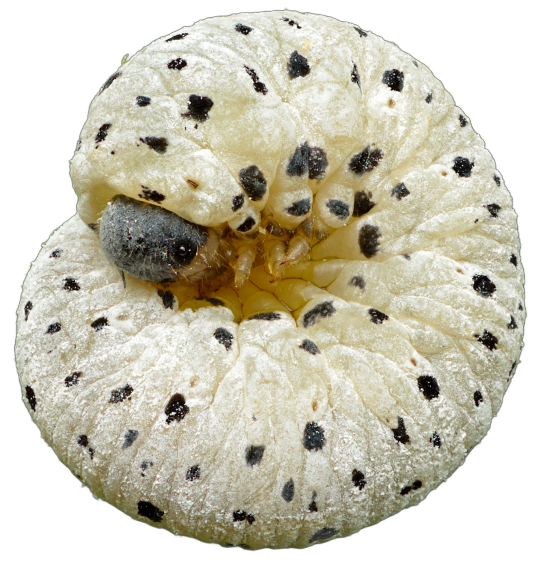
Figwort sawfly (Tenthredo scrophulariae) larva in defensive posture. Keila, Northwestern Estonia
429 notes
·
View notes
Text

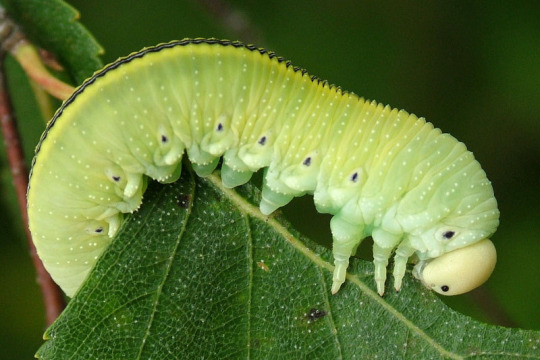
such a girlie girl
#just finished watching a small clip where a bunch of sawfly larvae flicked their body in unison as someone approached them#as a way to shoo away the predator and they kind of looked like one of the barnacles from half life
520 notes
·
View notes
Text
I saw. SO MANY BUG today. (Sorry in advance for bad phone camera quality and shaky hands)
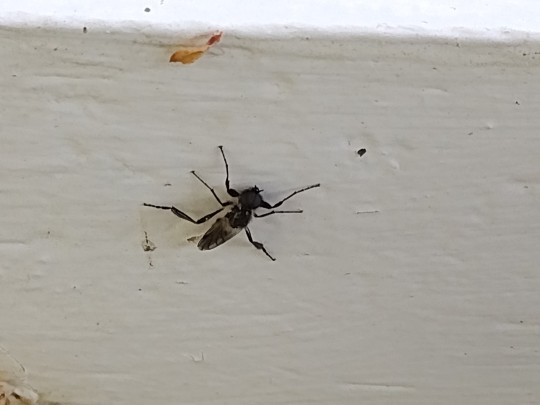
Male March fly!!! (Thanks to @microecobus for the ID!)

Baby sawfly!
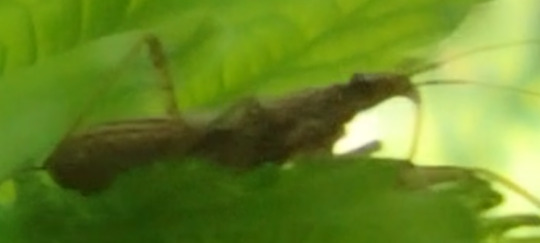
Tiny assassin bug!

Flat bug (actually what they're called) and a zebra jumping spider!

Better look at the jumping spider!

Male California glowworm (species of firefly where only the babies and wingless females glow)!
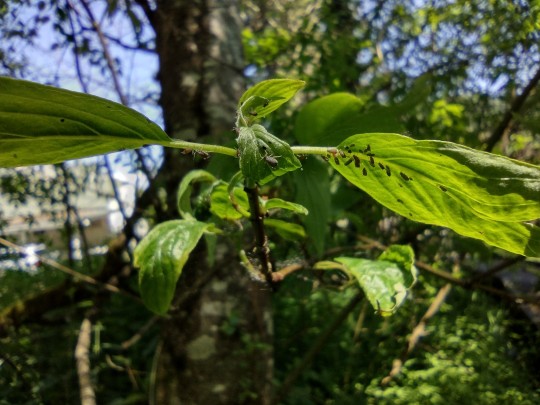
Aphids!

Spittlebug (hiding in the foam on the leaf)!

And last but not least, a huge male snakefly (females have long ovipositors)!!!! So cool to find this one, I've only seen one in person once before in my life!
That's not counting the crane flies, honeybees, ants, little round orange mite, various flies, brown marmorated stink bug (of course), tiger butterfly, boxelder bugs, and tons of little parasitoid wasps I saw pollinating. An excellent bug day for Rev!
#rev retches#insect#bug#assassin bug#aphid#snakefly#firefly#glowworm#spittlebug#fly#spider#jumping spider#true bug#flat bug#beetle#sawfly#larva#my art#photos are art it works#long post
143 notes
·
View notes
Photo

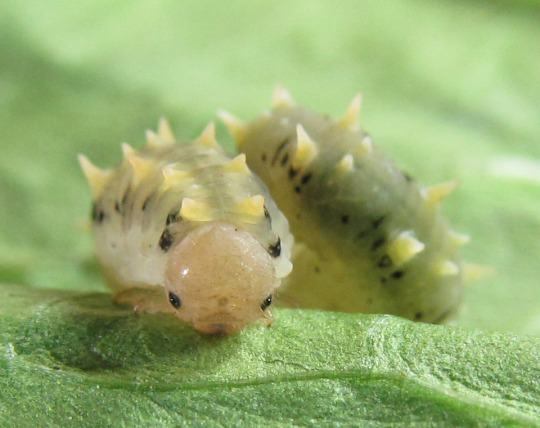

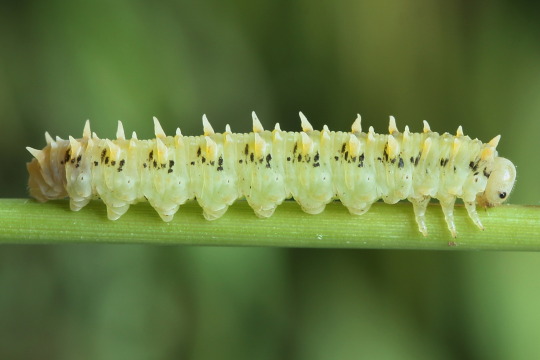
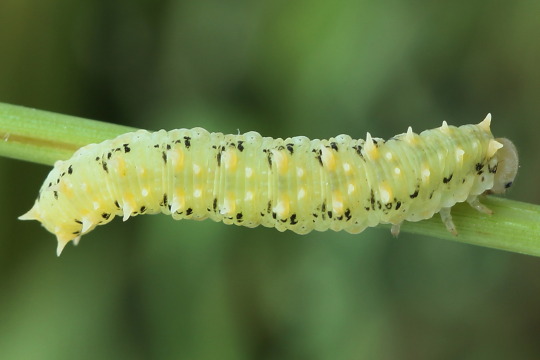





Spined sawfly larvae and adult, Siobla sturmii, Tenthredininae, Hymenoptera
Found in Europe
Photo 1 by gbohne, 2 by insectamo, 3-5 by sskorpio, 6-8 by joergpageler, 9 by felix_riegel, and 10 by waldgeist
#animals#curators on tumblr#insects#bugs#hymenoptera#sawfly#larva#sawfly larva#Siobla sturmii#one nice bug#this is not a caterpillar#a caterpillar is a moth or butterfly larva#this is a sawfly#they're related to wasps
1K notes
·
View notes
Text
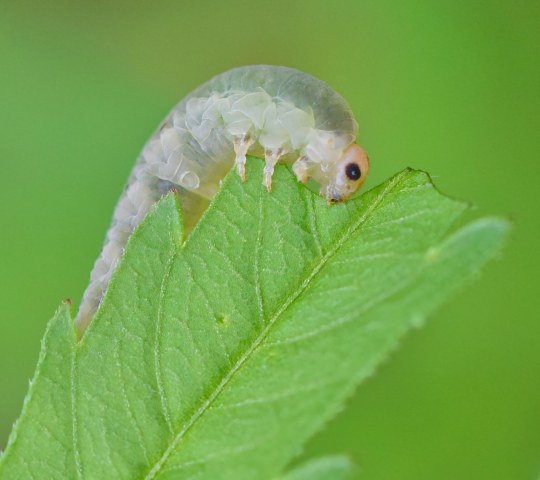
#sawfly#sawflies#larvae#wildlife photography#nature photography#photographers on tumblr#original photography
24 notes
·
View notes
Photo

Elm sawfly larva (Cimbex americanus).
#larva#larvae#sawfly#sawflies#sawfly larva#sawfly larvae#elm sawfly#elm sawflys#cimbex#cimbex americanus#elm sawfly larva#elm sawfly larvae#insect#insects#animal#animals#leaf#leaves#bill eaker#nature#close-up#kewanee#henry county#illinois#america#u.s.a.
5 notes
·
View notes
Text

Bladhveps ubest. (Tenthredinidae indet.)
Sawfly unident. (Tenthredinidae indet.)
#Bladhveps#Tenthredinidae indet.#Tenthredinidae#Sawfly#Årevinger#Hymenoptera#Larve#Larva#Sommer#Summer#Garden#Have#Topbjerg
7 notes
·
View notes
